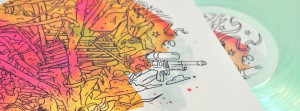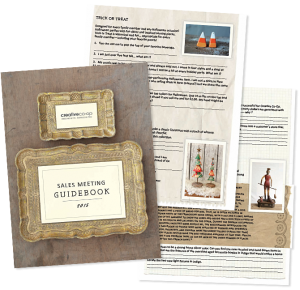Turn on your TV on Saturday or Sunday during the day and you’ll discover that the great majority of shows are infomercials. That is, they are program-length commercials paid for by the companies presenting products and services in those shows.
In the evening you’ll see this is no longer the case. Instead of infomercials you’ll find actual programs — either original or syndicated — presented by the network or channel you happen to be watching. These shows are interrupted by short blocks of ads that have been sold to advertisers in the same way that the larger blocks of time earlier in the day were sold to infomercial creators.
The only difference between the day and evening hours is that at night the station believes it can entice an audience to watch its own programs — and by extension the ads that run during those programs, which in turn allows the network to charge for those ads based on the size of audience they capture. More audience at any given time equals more advertising revenue.
Running infomercials during the day is an open admission that a network or channel has thrown in the towel not simply on creating their own programming for that block of time, but even on the idea that they might present syndicated content (sitcom reruns, for example) as a means of attracting an audience. For that time slot on that particular day, taking money up-front from an infomercial provider produces more revenue than would trying to attract an audience by traditional means, And because the station is getting paid in advance it doesn’t care whether anyone watches or not. (Think about that.)
While there are a lot of factors in play, the only important dynamic in this entire television paradigm is the fact that traditional networks, stations and channels are locked into a broadcasting model. They are charged with filling each and every hour of the day with programming that will attract whoever happens to be sitting in the audience at that time. Those hours of the day cannot be moved, program times can only be moved with difficulty (the risk being that a previously-interested audience may not tag along to the new time), and until time travel becomes a reality that’s never, ever going to change.
What television is doing to compensate — what it must do — is provide on-demand content. Instead of trying to force an increasingly mobile and easily distracted audience to stand still long enough to be entertained at an appointed hour, television must disconnect itself from specific broadcast times as much as possible. In NYC there are a ridiculous number of cable channels still using the broadcast model — many of which seem to show nothing but infomercials twenty-four hours a day. But there is also a large and increasingly diversified slate of on-demand stations providing not only movies, but traditional and niche programming as well.
That’s why broadcast television is going to die of a certainty, and why print media never will. Because physical books have always met the on-demand test. It’s their greatest strength, by far, and always has been.
Yes, print media will shrink as e-books and e-readers continue to take market share, but that’s all to the good, and not just because of the trees it will save. Most books do not contain information that needs to be preserved in physical form. If print media becomes a smaller market aimed at collectibles or high-end artisanal products, books themselves will still retain the utility they have always had. (To whatever extent physical books are vulnerable to flood and fire, it’s also true that a physical book exists independent of electronic hardware failures or battery capacity.)
Publishing is a flawed business, but books are not flawed devices. print media will never die because even today a book is still a completely functional delivery system for the content it contains.
This article comes ditchwalk edit released


